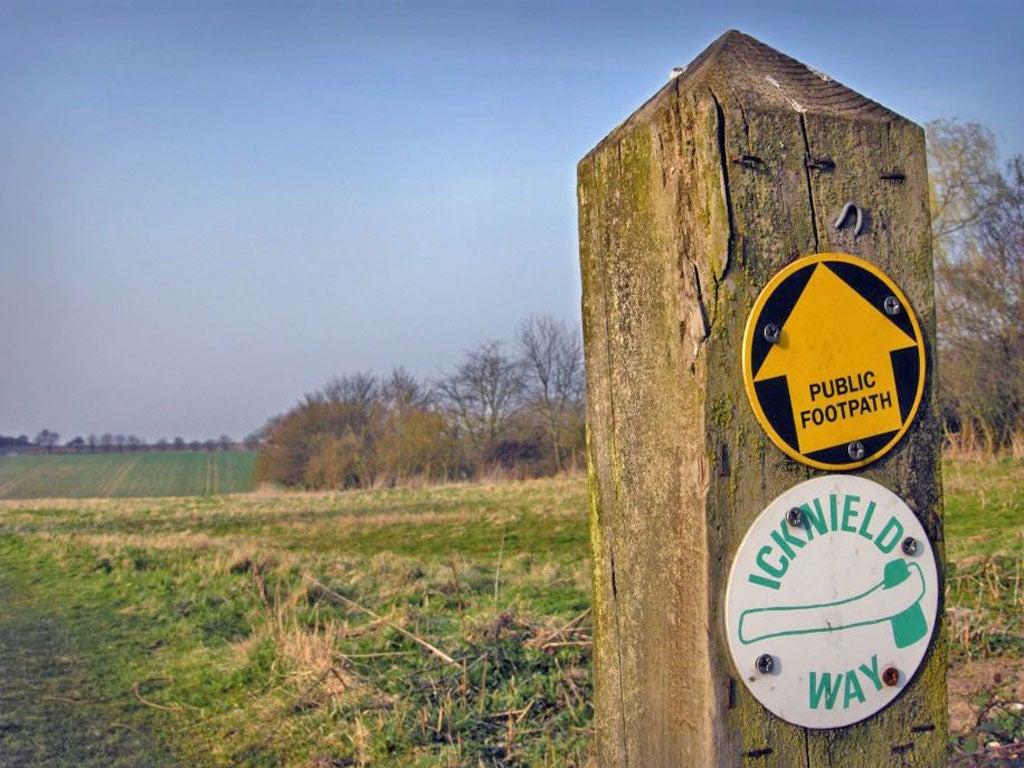
It is, therefore, a curious hybrid, part travelogue in the tradition of Bruce Chatwin and Patrick Leigh Fermor, part philosophical exploration of the past via landscape - recalling Simon Schama’s Landscape and Memory - and part poetic musing: Thomas’ prose-poetry before Robert Frost rearranged his friend’s travelogues into verse. But The Old Ways encompasses both land and sea, taking the reader to Britain, Spain, Palestine and even the mountain tracks around Minya Konka in Tibet. If this were its prime aim, the book would have the single-minded force of his earlier Mountains of the Mind.

It ends with the tracking of 5,000-year-old fossil footprints on Formby Point, north of Liverpool. His quest is driven primarily by past retrieval, evoking Rudyard Kipling’s “marks that show and fade,/Like shadows on the Downs” which “are the lines the Flint Men made”. In a four-part sequence - Tracking, Following, Roaming and Homing - Macfarlane concentrates on the marked and unmarked tracks and ways that thread the British Isles and abroad. The book is “about people and place: about walking as a reconnoitre inwards”. His overriding premise is that “landscape has long offered us keen ways of figuring ourselves, strong means of shaping memories and giving form to thought”. He gives some pointers as to the character of his own study when attempting to describe The Living Mountain, by his heroine, Anna ‘Nan’ Shepherd: “A celebratory prose-poem? A geo-poetic quest? A philosophical enquiry into the nature of knowledge?” Or perhaps it is closer to the “pastoral psychogeography” pioneered by another of his gurus, the ornithologist W.H.Hudson? Macfarlane writes in the great tradition of British wayfaring and of pastoral poetry, his path following Gilbert White, John Clare and George Borrow, but focusing principally on Edward Thomas. It is a richly patterned text, as one would expect from a University of Cambridge fellow, in which the writer is as relaxed when quoting Rousseau, Kierkegaard, Nietzsche and Wittgenstein, as he is citing the landscapes of Paul Nash, Eric Ravilious, the land art of Richard Long or describing a grebe on a pond, “punkishly tufted as Ziggy Stardust”.

This is Robert Macfarlane’s third book in a “loose trilogy about landscape and the human heart”.


 0 kommentar(er)
0 kommentar(er)
